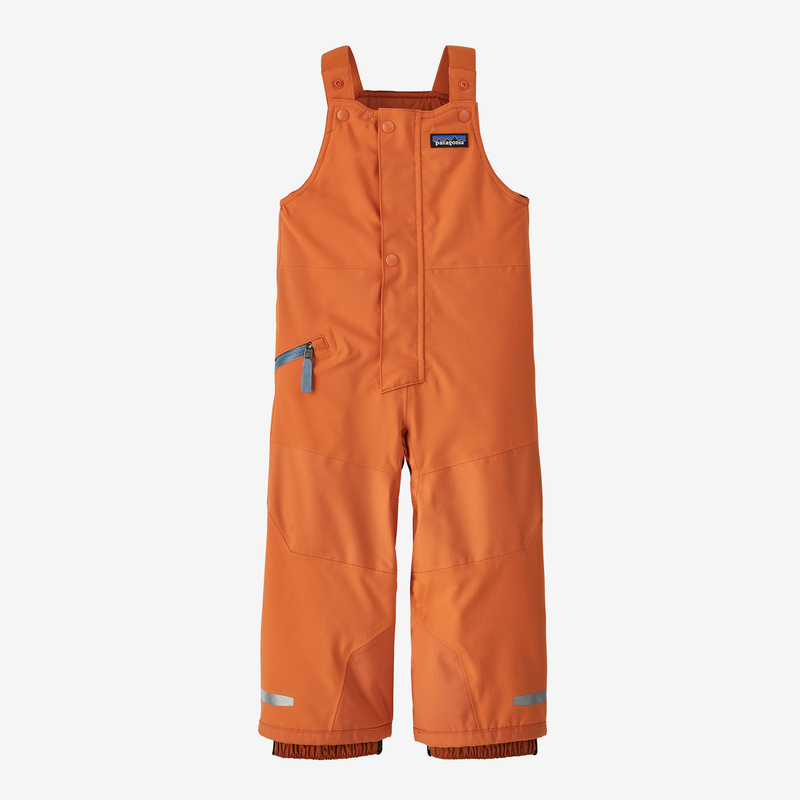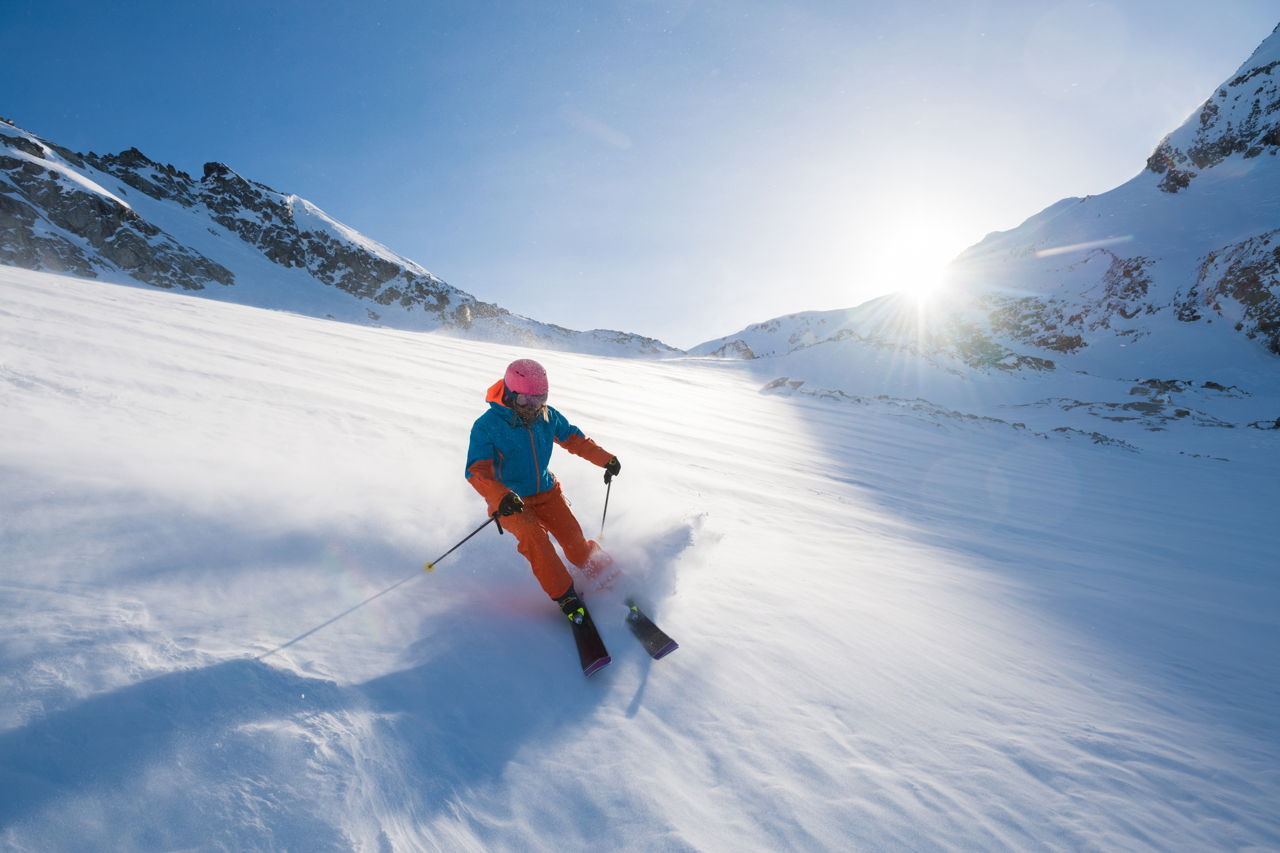
When it comes to ski jackets, the best ones are able to stand up to the elements without failing. They're also built with features that are designed to make the wearer's skiing experience more enjoyable, such as a helmet-compatible hood, goggle shammies, and watertight zippers.
The best ski jackets for plus size are also comfortable and durable, so they don't feel like a chore to wear. Some of the best options feature a figure-hugging construction that allows you to wear multiple base layers while still feeling lightweight and stylish.
A ski jacket must be both water- and wind-proof to keep you warm and dry on the slopes, but it's also important that it looks good and is comfortable enough to wear for long periods of time. This is why we've put together this list of the 15 best ski jackets for women and big guys that fit well, offer a lot of warmth, and come with all the essential features you need to stay safe on the mountain.

Insulated Shells -- For Resort-Goers
The best insulated ski jackets combine a weather-protective shell with built-in synthetic fill to increase insulation, which makes them perfect for cold chairlift rides or frigid downhill laps. Most of these designs will use a high-performance, waterproof shell (like Helly Hansen's 2-layer Tech) along with a moderate amount of a light and durable insulation (Patagonia's PlumaFill is a great choice for this category), so they're an excellent option for the casual skier who wants to add a little extra warmth when the temperatures dip.
For the most versatile jackets on this list, we recommend a 3-in-1 design that includes a waterproof, breathable shell and a zip-in puffy liner. These types of options are often more affordable than a fully insulated jacket, and many can be worn separately or zipped together for a complete weather-proof ski outfit that's ready for anything the mountains throw at you.
Our Top Pick -- Best Overall: The Arc'teryx Sentinel
If you split your time between the resort and backcountry, this Arc'teryx jacket is a solid choice for all-around protection. It uses a hardwearing 70-denier face fabric with a 3-layer Gore-Tex construction to provide an extremely weather-resistant shell that keeps you dry on stormy days, and it adds a touch of flannel insulation for added warmth and comfort when the temperature drops.
This jacket has all the key features you need to make the most of your skiing adventures, including a helmet-compatible hood and plenty of pockets for stashing your skis, snowshoes, gloves, goggles, and other gear. It also has a stretchy, four-way-stretch fabric that gives you the freedom to move while you're on the slopes.

We're a huge fan of this jacket from WULFUL for its high-quality material and design, but it does have some issues that you should look out for if you're going to invest in one: The sleeves can be tighter than most other ski jackets, which can restrict your movement. That can be problematic for active people, and it's not always a good idea to wear a full-on balaclava with this jacket because it can get too warm.
FAQ
What should you pack for a vacation?
It's important to decide what you want for your holiday. It's not just about packing clothes. Also, think about where and how long your stay there.
It is important to consider what kind of activities you want to engage in. Scuba diving is a great option if you're going to exotic destinations. You may also be interested in participating in local festivals and events, especially if your stay is longer.
If you have any health issues, then it is important that you tell the people who will be looking after you so they can plan accordingly.
How much luggage do I need?
The length of your trip will determine how much luggage you need. You will only need to bring hand luggage if you're traveling by plane. This is typically less than 20kg. However, if you are taking a train or bus, then you will need more space.
A form will be provided to you when you arrive at the airport with information about your flight. This form will contain information about your flight, such as the weight and assistance required when you check them in.
This must be done before you leave your home. You could end up spending hours waiting for your luggage to be checked while others check theirs.
Travel light as you never know what may happen. You won't be able to use your bag if it gets lost.
Where can you buy the cheapest airline tickets
If you're looking for the cheapest airfare, consider Jetstar, Virgin Australia or Tigerair. You may also want to check out airlines such as AirAsia and Tigerair.
Search online and you'll see that many of these airlines offer cheap flights as a promotional offer.
How do you travel light?
There are many options when it comes to packing for a trip. These tips will help guide you in choosing what to bring on your trip.
-
Only take what you actually need.
-
Only pack what you will actually wear.
-
Do not overpackage yourself with items.
-
Make sure you have room in your suitcase.
-
Always make sure you have everything you need.
-
You can take advantage of our free storage facilities
-
Reusable water bottles can be used instead of buying bottled.
-
You can carry a backpack rather than a suitcase.
-
If possible, take public transport and walk or cycle instead.
-
The right size bag is important.
-
Do not carry heavy items.
-
Prepare for anything.
-
Nothing should be left behind
Statistics
- Alcoholic beverages with 24% alcohol or less are not subject to limitations in checked bags. (tsa.gov)
- No Checked Bags: No Alcoholic beverages with more than 70% alcohol (over 140 proof), including grain alcohol and 151 proof rum. (tsa.gov)
- They're also likely to offer babysitting services, in case you'd like to have dinner one night after 7 p.m. (travelandleisure.com)
- Case in point: the private island of Ilha Caldeira, less than seven miles off the coast as part of the Primeiras and Segundas Archipelago, is located within the marine-protected area with 20 percent of the country's intact living coral. (travelandleisure.com)
- Alcoholic beverages with more than 24% but not more than 70% alcohol are limited in checked bags to 5 liters (1.3 gallons) per passenger and must be in unopened retail packaging. (tsa.gov)
External Links
How To
How to plan your next vacation
Planning a trip can involve many things including booking flights, hotel reservations, car rentals, and activities. It involves important considerations like your budget, destination choice, weather forecast, etc.
These are important points to remember when planning your next vacation.
We've created a step by step guide to help you plan your next holiday. This guide has been compiled using customer feedback as well as our own experience. We hope you find this guide helpful and easy to follow when planning your next vacation.
Steps:
-
Your Budget is an important step in planning your trip. Before you can begin to plan where you want to go and what you'd like to do, you should know how much. If you don’t have sufficient money, you may have to cancel your travel plans.
-
Book Flights - The first thing you should do after deciding on your budget is book your tickets. Make sure you choose the best flight deal available at the lowest price. Check to see if there are any seasonal specials offered by airlines. These deals can save you lots of money.
-
Choose Your Destination - Once you've booked your ticket, the next thing you'll need to decide is where you'd like to travel. Numerous factors go into choosing your destination.
-
Find Accommodations. You have many accommodation options, from hostels and luxury suites to choose from. Choosing the right type of accommodation depends on your needs and preferences. If you are looking for somewhere close to the center of the city, a hotel might not be the best option. You may prefer quieter areas away from the crowds and a homestay could be better suited for your needs.
-
Select Activities & Attractions: Now that you have selected your accommodation, it is time to decide which activities and attractions to include in the itinerary. Depending on the length of your stay, you can either choose only a few activities or add several new ones throughout your trip.
-
Determine Schedule - Now that you've selected the activities and attractions you'd like to include, it's time to determine your itinerary. It is important to stick to a schedule in order for maximum enjoyment of your trip. You can still enjoy your trip if you are able to travel at your own pace.
-
Create Itinerary - Creating an itinerary includes all the information about your trip. It is important to write down everything you need, from accommodation to meals, to activities to restaurants, and to create a list.
-
Research online - Make sure you do your research before you leave for your trip. Read reviews and testimonials to find out what other travelers think about different destinations. This will allow you to plan your trip accordingly.
-
Don't Overpack - This is one of the most common mistakes people make when packing. Avoid bringing more than three sets of clothes. Bring clothing appropriate for the weather you're visiting.
-
Be Prepared - Finally, be prepared! Before you leave for your trip, make sure that everything is in order. Do not waste your time looking for important documents when you are in transit.